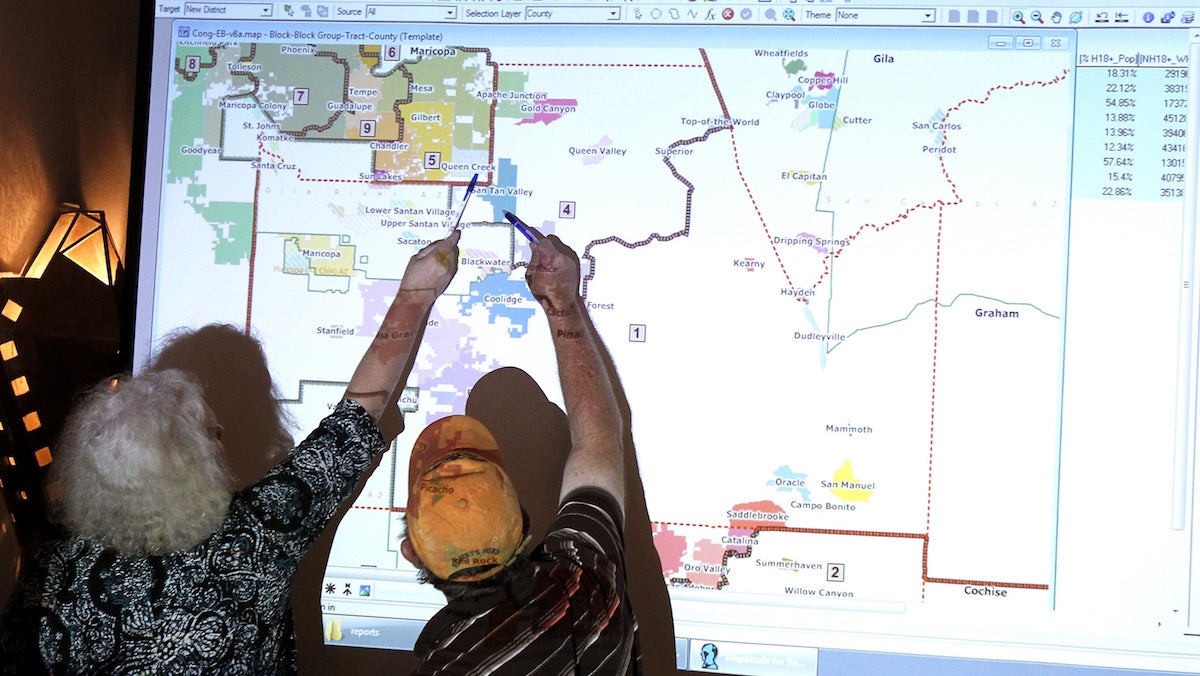How gerrymandering can make your vote worthless

(AP Photo/Ross D. Franklin
When voters cast ballots for state representatives last fall, millions of Americans essentially had no choice: In 42 percent of all such elections, candidates faced no major party opponents.
Political scientists say a major reason for the lack of choices is the way districts are drawn — gerrymandered, in some cases, to ensure as many comfortable seats as possible for the majority party by creating other districts overwhelmingly packed with voters for the minority party.
About 4,700 state House and Assembly seats were up for election last year. Of those, 998 Democrats and 963 Republicans won without any opposition from the other major political party. In districts dominated by one party, election battles are fought mostly in the primaries; the winner from the majority party becomes a virtual shoo-in to win the general election.
These are the findings by David A. Lieb of the Associated Press. You can read the full story.
NewsWorks Tonight Host Dave Heller talks with Lieb about what gerrymandering is and why it matters to voters. Lieb also talks about how AP used a new mathematical model that determined how many “wasted” votes a losing party incurs when gerrymandering occurs. A wasted vote is where a voter can cast a vote but it almost doesn’t matter because the other party dominates the district.
WHYY is your source for fact-based, in-depth journalism and information. As a nonprofit organization, we rely on financial support from readers like you. Please give today.





